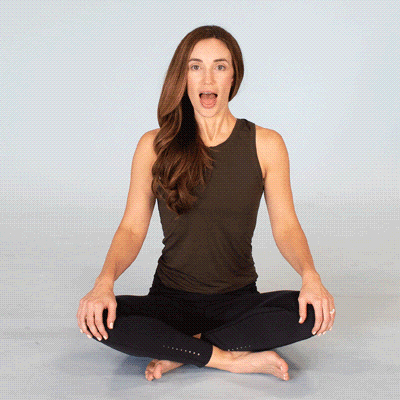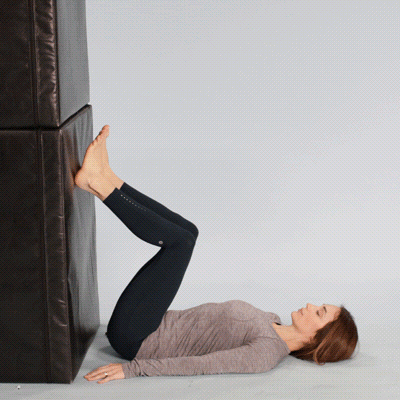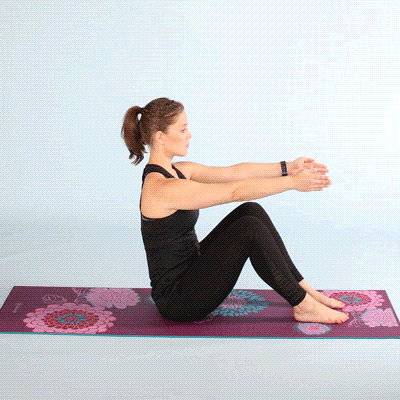Who should practice yoga? | Face yoga | Legs-up exercises | Breathing exercises |
Lose weight | Health benefits | Summary
Yoga is an Indian physical and spiritual practice that is suitable for just about anyone. It’s been proven to help reduce stress, as well as improve flexibility, strength, and balance. Furthermore, research has suggested that it may be beneficial in maintaining a healthy weight, helping people to quit smoking, and providing relief from menopause symptoms. If you’re looking for a place to start with yoga exercises at home, look no further!
Who should practice yoga?
Yoga is a great way to improve flexibility and strength, as well as increase your overall sense of well-being. However, before beginning a yoga practice, it is important to consult with your doctor, especially if you have any medical conditions or are pregnant.
If you are looking for a workout that will calm your mind as well as tone your body, yoga is an excellent choice. People of all ages and fitness levels can benefit from practicing yoga.
People may want to consult a doctor before trying yoga, according to the National Center for Complementary and Integrative Health, especially if they:
- have pre-existing knee, hip, and spine injuries
- have high blood pressure
- have balance issues
- are 65 years or older
- are pregnant
Pregnant people may also need to modify certain yoga poses. In case they are not sure whether to start or continue their practice as their pregnancy progresses, they should consult a doctor.
Face yoga
An easy introduction to yoga is through simple face yoga exercises.
During forward folds and Lion’s pose (Breath pose), blood flow to the face increases. Yoga has been shown to slow and reduce skin aging, but further research is needed to understand if and how this happens. There is some evidence that yoga can make a person feel more awake.
Forward Fold pose
- Stand up straight.
- Inhale and keep the arms close to the body.
- Exhale and begin to bend forward.
- Keep the chin tilted to the chest and look at the floor while bending.
- Sink further down so that the torso settles towards the floor and the top of the head is facing the toes.
- Hold this position for several breaths.
- To get out of the pose, exhale and begin to lift the back and neck into a standing position.
Modification: If a person cannot fully bend down, they can perform a half-fold while resting their hands on their thighs.

Lion pose (or Breath pose)
- As you kneel on the ground, keep your knees a small distance apart.
- Cross your ankles and sit back on your top heel.
- Place your palms over your knees as you take a deep breath in.
- Choose your focal point.
- Open your mouth and stretch your tongue to the chin.
- Exhale with a “ha” sound.
- Focus on your focal point.
- Hold this position for several breaths.
- The crossing of ankles must be repeated on the other side.

Legs-up exercises
Poses that stretch the legs challenge a person’s balance and improve core strength. Legs-Up-The-Wall and Boat poses are suitable for beginners.
Legs-Up-The-Wall pose
- From a seated position facing the wall, slowly roll onto the back.
- Extend the arms by the sides, spreading fingers wide.
- Stretch the legs toward the sky so that the heels skim the wall.
- Close the eyes and stay in the pose for several minutes.
Modification: Keep the knees bent. This is a less intense option for people with lower back pain and tight hamstrings.

Boat pose
- Sit on the mat, holding a yoga ball in front of the body.
- Bring the knees toward the chest.
- Inhale and tense the abdominal muscles.
- Roll back onto the sacrum and begin to lift the arms while holding the ball.
- Slowly lengthen and extend the legs to a 45-degree angle with the floor.
- Hold this pose for 5–10 breaths.
- Inhale and roll forward, bring the arms back down, and place the feet on the mat.
Modification: If a person finds this pose too difficult, then the pose can be modified by keeping your feet on the floor and placing your hands behind your hips for additional stability.

Yoga breathing exercises
Several yoga exercises focus solely on the connection between the body and breath, which is a calming, mindful experience. A 2018 review found that Pranayama (breathing exercises) may improve respiratory function in healthy individuals.
One yoga breathing exercise a person may want to practice is alternate nostril breathing.
Alternate nostril breathing
- Sit down in a comfortable position.
- Place the left hand on the lap.
- Tuck the right index and middle fingers in, and raise the right hand to the nose.
- Close the eyes and use the right thumb to close the right nostril.
- Inhale through the left nostril.
- Press the third finger down on the left nostril.
- Lift the thumb off the right nostril.
- Exhale through the right nostril.
- Inhale through the right nostril.
- Close the right nostril with the thumb.
- Lift the third finger off the left nostril.
- Exhale through the left nostril — this is the end of one cycle.
Repeat up to 10 times.
How can yoga help you lose weight?
Regularly practicing yoga can help people stay in good shape and meet the Centers for Disease Control and Prevention (CDC)’s Trusted Source recommendation of 150 minutes of exercise per week.
A recent studyTrusted Source has revealed that yoga can be beneficial, with 50 participants experiencing weight loss over 6 months when they took part in either Hatha (slower pace) or Vinyasa (faster pace). It must be taken into account, however, that their calorie- and fat-restricted diet may have had an effect on the outcomes.
The research suggests that people looking to use yoga as part of a weight management program should opt for a style and length that suits them.
Yoga has other health benefits as well
People who practice yoga regularly may notice their health improving in other ways as mentioned below:
Quitting smoking:
Stress is a significant obstacle for those trying to quit smoking. Due to its stress-relieving and mood-enhancing effects, yoga may be useful for individuals having difficulty in kicking the habit. A study published in 2019 assigned participants who smoked to a 8-week course of cognitive behavioral therapy (CBT) and either a yoga or wellness class.
The results suggested that those engaging in yoga twice per week had greater chances of quitting compared to those attending the wellness classes – especially among those who smoked lightly.
However, researchers state that further studies are required to find out just how beneficial yoga and CBT can be for people consuming large amounts of cigarettes.
Chronic obstructive pulmonary disease (COPD):
Researchers wanted to ascertain if yoga could promote inspiratory muscle performance, given COPD may lead to respiratory muscle weakness, making it difficult to breathe.
A 2021 pilot studyTrusted Source discovered veterans with very severe or severe COPD had improved muscular proficiency after undergoing a 6-week yoga program. Consequently, these findings suggest that yoga could be a beneficial approach for advanced results in individuals struggling with COPD.
Nonetheless, additional research is required to comprehend how individuals from wider demographics of COPD respond to yoga as part of their treatment strategy.
Menopause:
Among menopausal women, yoga may improve psychological symptoms and fatigue symptoms, according to a 2019 reviewTrusted Source.
Yoga exercises, however, do not appear to improve physical symptoms such as muscle pain or vasomotor symptoms, such as night sweats and hot flashes.
Summary:
In addition to improving flexibility, strength, and balance, yoga can also help with weight loss and reduce stress levels.
Most people can begin with beginner yoga poses at home. Yoga is a form of exercise that benefits both physical and mental health.







